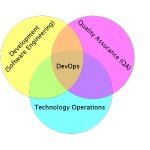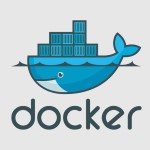Kubernetes
-
DevOps

Protecting your AWS from EKS with kube2iam
I really like Kubernetes; I’ve been following almost since its inception 5 years ago and used it successfully in the…
Read More » -
DevOps

Kubernetes and Secrets
This is going to be a small post since it has to deal with kubernetes and secrets. Yet it is…
Read More » -
DevOps

Testing and using AWS EKS #kubernetes – findings
Context I have been working in a team where we use kubernetes in production (not the nginx example- the real shit) for…
Read More » -
DevOps

Helm chart to deploy and scale a generic app image
This is a post about a simple helm chart that I have worked on to deploy any generic app image to…
Read More » -
DevOps

Its always good to have one Ambassador in your Kubernetes cluster @getambassadorio
I have been working with Kubernetes in production for 2 years now. Over this time we have migrated 3 or 4…
Read More » -
DevOps

Cloud Native Container Design Principles
Software design principles Principles exist in many areas of life, and they generally represent a fundamental truth or belief from…
Read More » -
DevOps

Remote access to Minikube with Kubectl
Let’s say you need to install a Kubernetes cluster in your organization for development and testing purposes. Minikube looks like a…
Read More » -
DevOps

Spring Boot & Cockroach DB in Kubernetes/OpenShift
In my previous post, I showed why Cockroach DB might help you if you need a cloud native SQL database for your…
Read More » -
DevOps

CockroachDB: A cloud native SQL database in Kubernetes
CockroachDB 2.0 has just been released. For those who don’t know what it is, it can be summarized as a…
Read More »
- 1
- 2


